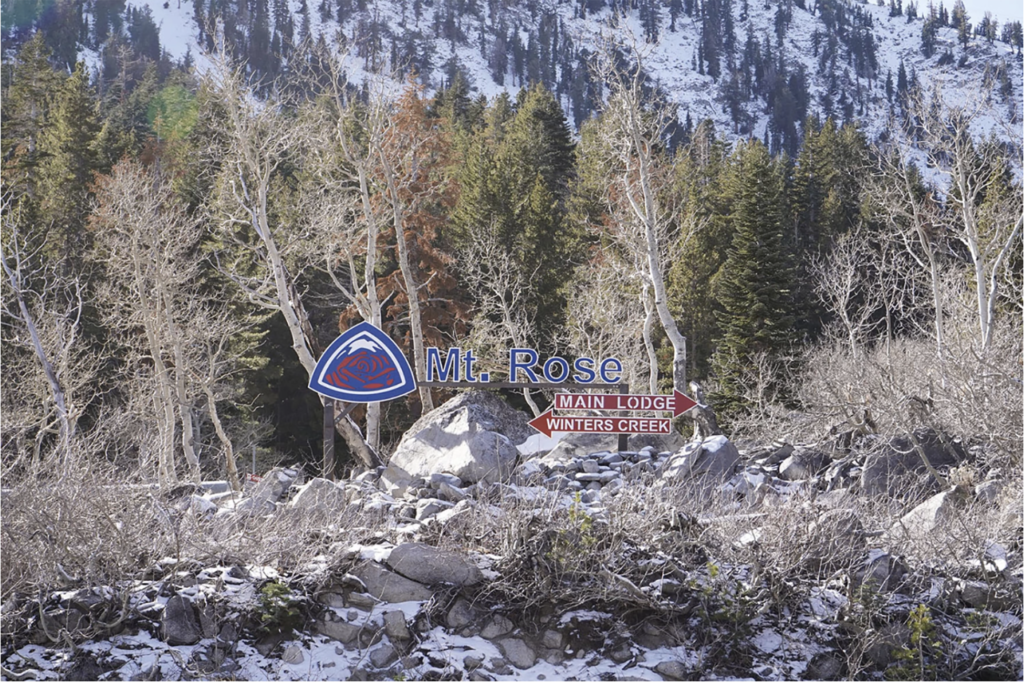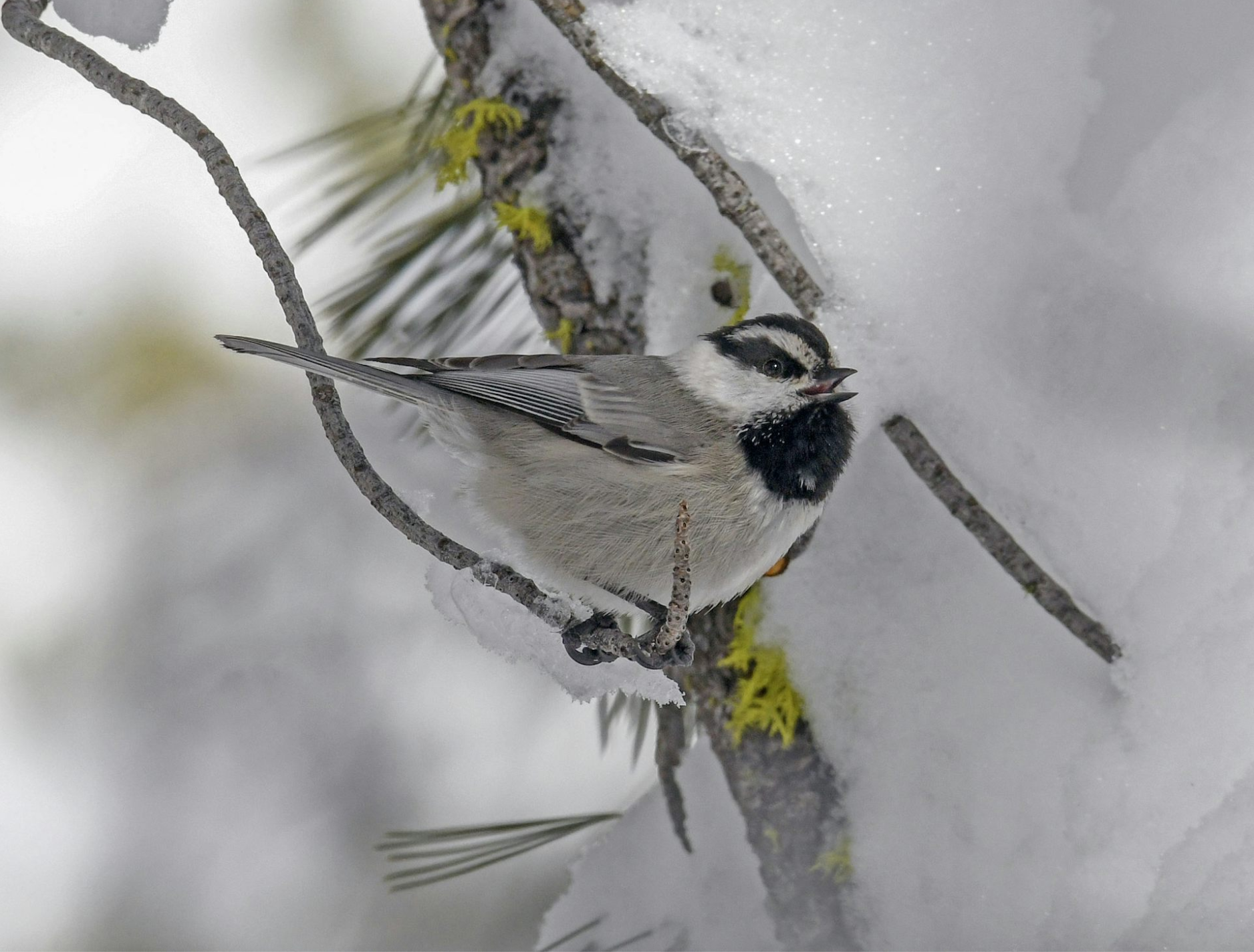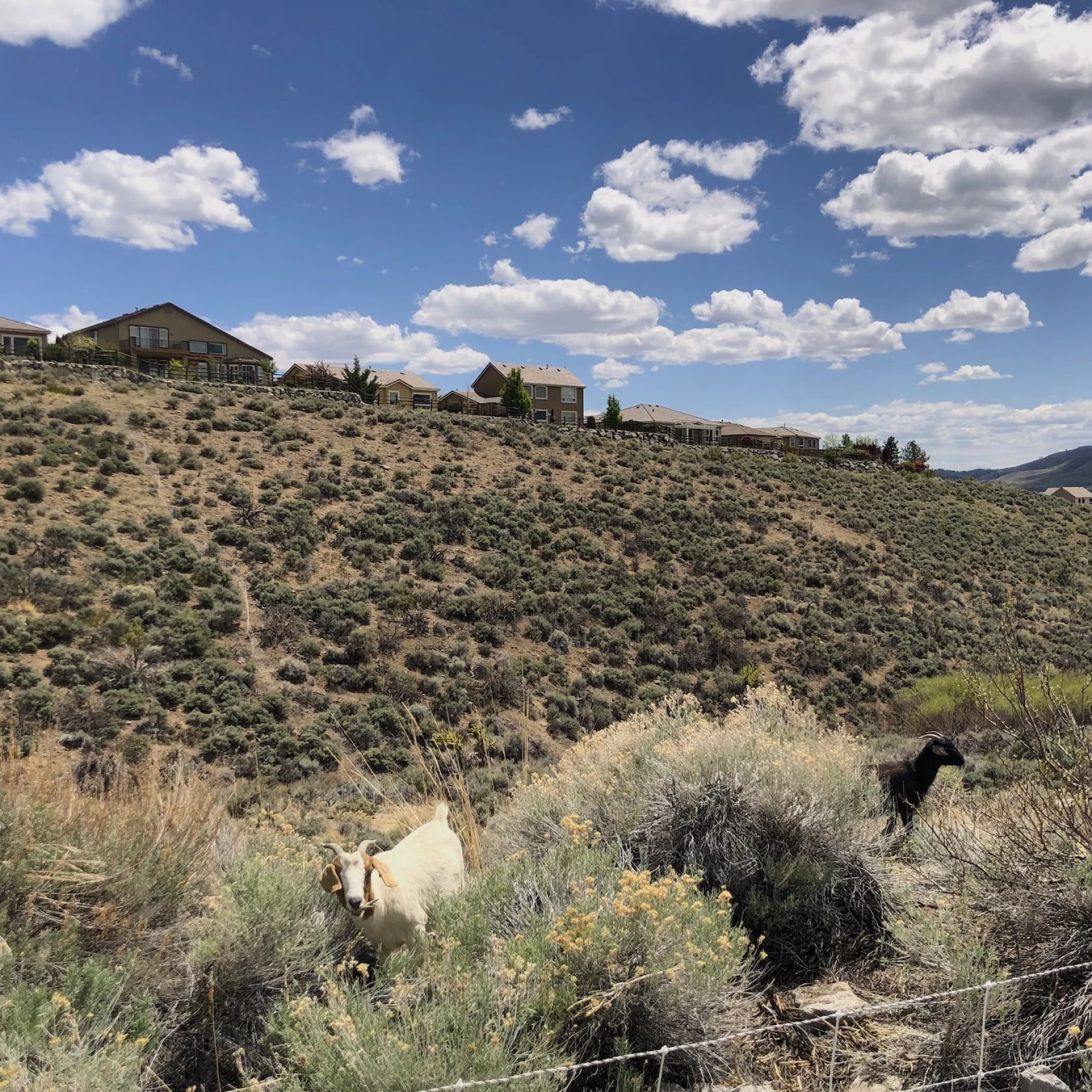This story was shared with permission from KUNR Public Radio. For an audio version of the story, please visit the KUNR website.
A fresh mountain breeze carried the sounds of skiers and riders whooshing down a snowy run at Mt. Rose – Ski Tahoe. Just yards away from the action inside the main lodge, general manager Greg Gavrilets made sure things were running smoothly during the resort’s opening weekend.
“We’ve got a pretty much a top to bottom trail from Lake Express open,” Gavrilets said. “It’s just good to get back out and make some turns finally, after a long summer.”
As he sat in his office, Gavrilets reflected on last year’s winter which brought record-breaking snowfall to many resorts in the Tahoe Basin. With it also came some operational challenges though.

Many resorts in the Tahoe Basin had to close due to too much snow falling too quickly. Operations at Mt. Rose ski resort were affected by road closures on Mt. Rose Highway as well as by strong winds which led to ski lift holds and closures. Although having an experienced team made a huge difference in keeping the resort open and allowed them to recover quickly from storm cycles and get people out skiing, Gavrilets said.
“We had 668 total inches last year, which was one of our best seasons ever. In 2016 – 2017 we got about 100 more inches that year. So what really helped us was that a lot of our team was still here. We have a lot of senior managers and middle managers that have a lot of longevity with us,” he said.

This upcoming winter could bring yet another snowy year to the region. Meteorologist Brian Brettschneider from the National Oceanic and Atmospheric Administration (NOAA), said this winter is forecasted to be a strong El Niño year.
“The El Niño is now officially in the strong category. So we have officially entered the strong category for the first time since 2015 – 16, and I think for the seventh time since, like 1950,” Brettschneider said.
El Niño is a seasonal climate pattern that impacts winter weather and can push the jetstream southwards, favoring wetter and colder temperatures in the Southwest region.
“Strong El Niños, they definitely favor wet conditions in most of the southwest. So not so much like Oregon and Washington, but California, Nevada, Arizona, New Mexico, Colorado — it favors wet there. So that’s pretty typical. Now, you know, wet doesn’t always mean snow,” Brettschneider said.

Although the combination of lower temperatures and wetter conditions sounds like a recipe for more snowfall, it is not a guarantee. Brettschneider compared it to putting a thumb on the scale and tilting the odds in favor of a snowier winter, but other factors also influence snowfall in the Sierra range.
“El Niño/La Niña explains about 20 percent of the climate variability. So if you were to say, ‘Hey, Brian, what are all the things that affect the climate of California in the winter?’ And I would list off a whole bunch of stuff. And I would say about 20 percent is El Niño/La Niña. Well, that leaves 80 percent for everything else,” he said.
The long term weather forecast may still be up in the air, but preparations are being made for whatever this season may bring at Mt. Rose ski resort. Patrol director Mike Ferrari said that regardless of what mother nature may bring, his team will take it in stride.
“It’s sort of like you know, was it Forrest Gump? It’s like (a) box (of) chocolates. You never know what you’re going to get out of it. I mean, every year is different. Ultimately, we prepare by training,” Ferrari said.
Both Ferrari and Gavrilets said their business is snow, and although they have a tried and true playbook, they are always looking for ways to learn and improve.
“Well, I think we actually learned, at least me personally, I’ve learned from the big winters that I’ve had here. And so you hope when you see the same thing, you react to it better and your operations better,” Ferrari said.
Mt. Rose – Ski Tahoe is an underwriting supporter of KUNR.
Kat Fulwider is the 2023 fall intern for KUNR and the Hitchcock Project for Visualizing Science.






